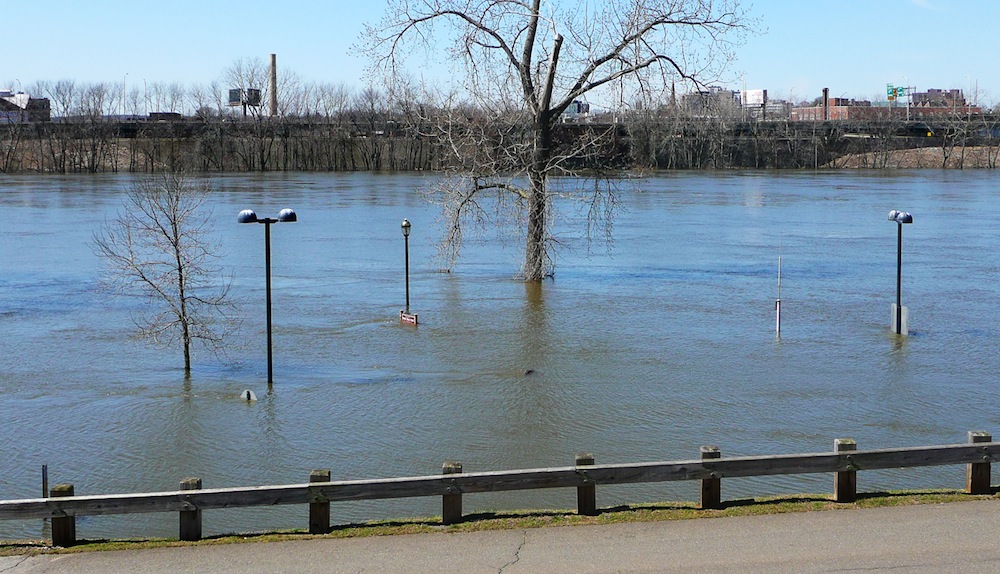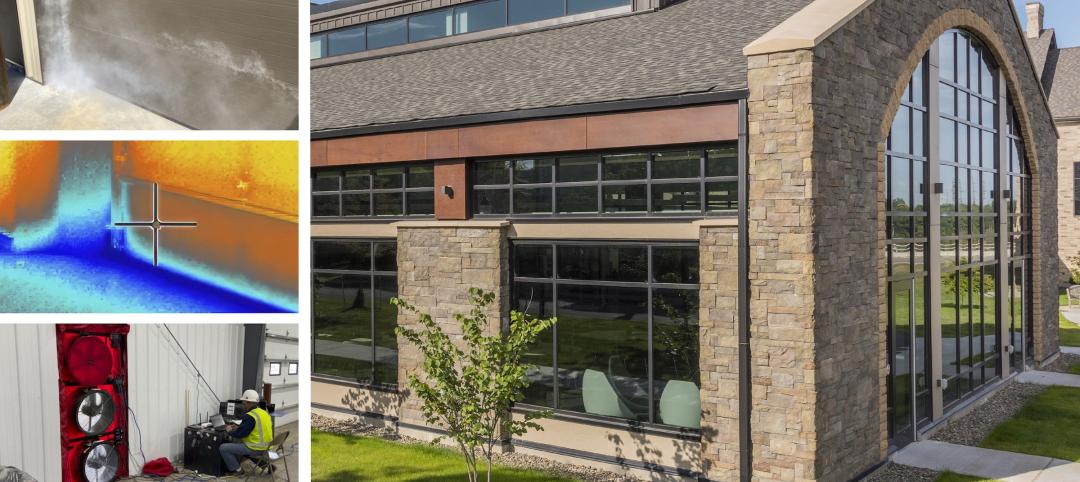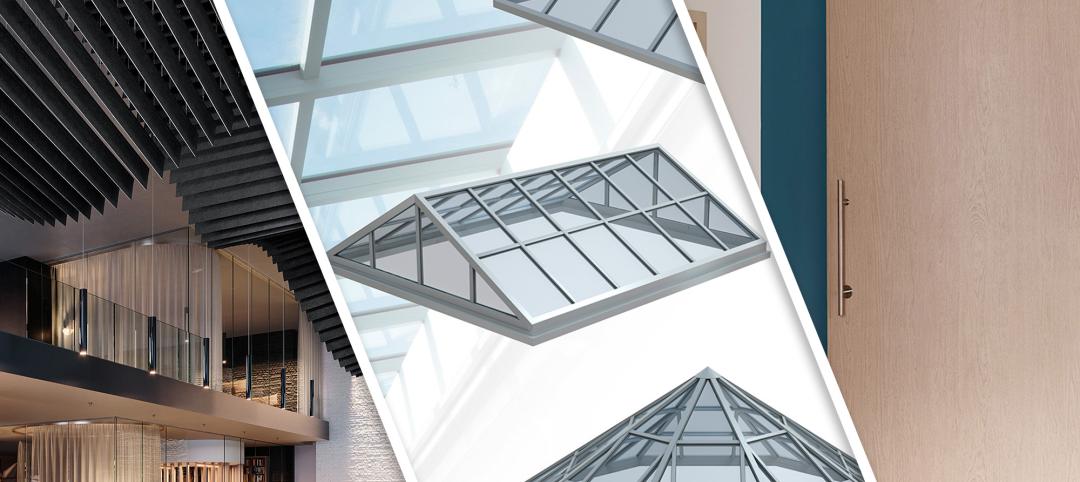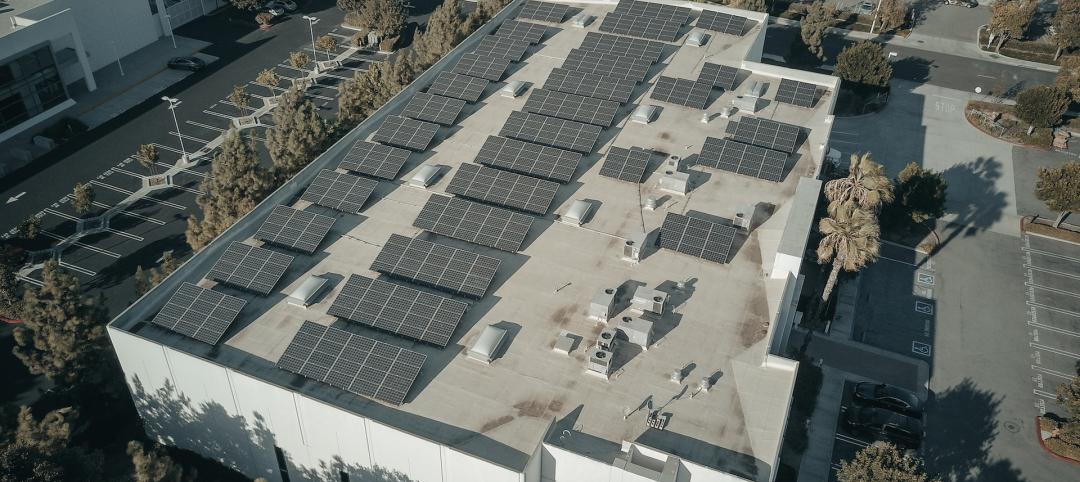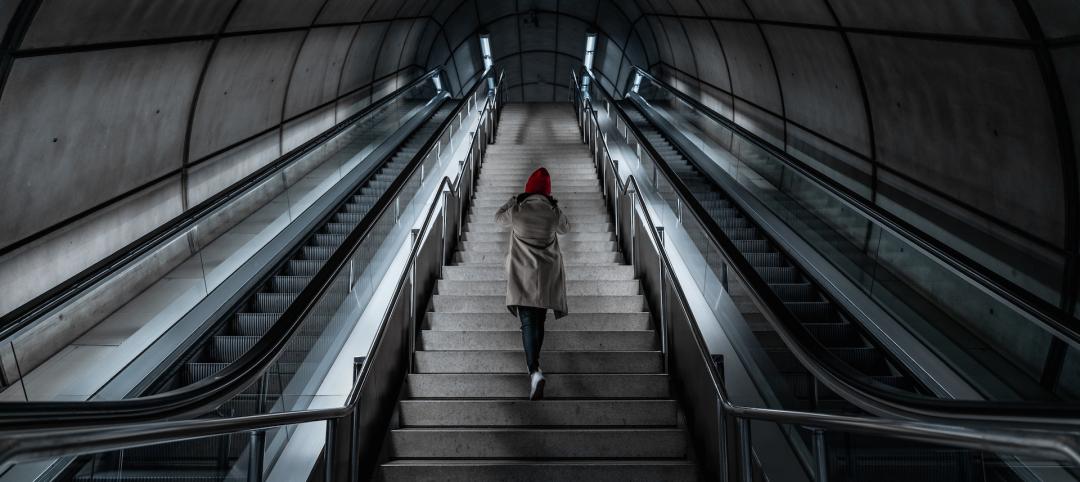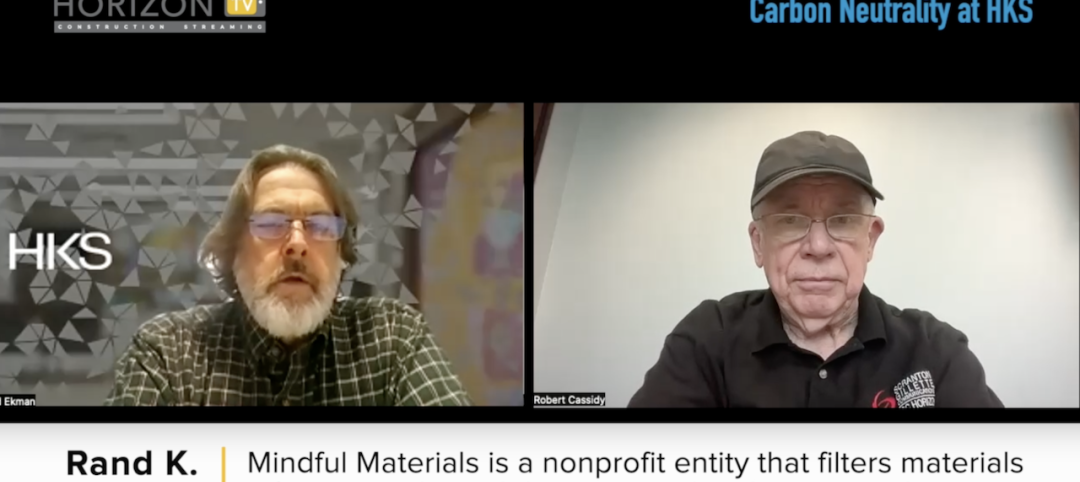Connecticut’s Governor Dannel Malloy has directed state agencies to develop new building code standards that will better protect residential and commercial structures from damage caused by flooding and high winds.
The governor’s office said in a statement that the action is being taken due to the expectation of more frequent and severe weather events as a result of global warming. The state’s Department of Administrative Services (DAS), the Department of Energy and Environmental Protection (DEEP), and the Insurance Department (CID) will work with the State Building Inspector to ensure that the next revision to the state building code contains standards to improve resiliency of new and renovated homes and buildings.
“Over the past several years, revisions to the state the building code have incorporated higher energy efficiency standards to help reduce demand for electricity, heat, and water,” Malloy said. “We believe it is now time to strengthen building codes to help protect buildings from damage caused by the high winds and flooding that come with severe weather conditions. Experts say that every dollar invested in more resilient construction can save $4 in insurance claims, which is a significant return on investment.”
Among the measure that will be examined, are:
- Requirement to seal seams in the roof deck to eliminate or reduce the volume of water that can seep in if shingles are blown off in a storm
- Stronger tie-down of roofs to the building structure and gable end vents
- Require impact resistant glass in areas of state subject to high winds
Related Stories
Metals | Sep 11, 2023
Best practices guide for air leakage testing for metal building systems released
The Metal Building Manufacturers Association (MBMA) released a new guidebook, Metal Building Systems - Best Practices to Comply with Whole-Building Air Leakage Testing Requirements.
Codes and Standards | Aug 31, 2023
Community-led effort aims to prevent flooding in Chicago metro region
RainReady Calumet Corridor project favors solutions that use natural and low-impact projects such as rain gardens, bioswales, natural detention basins, green alleys, and permeable pavers, to reduce the risk of damaging floods.
Sustainability | Aug 15, 2023
Carbon management platform offers free carbon emissions assessment for NYC buildings
nZero, developer of a real-time carbon accounting and management platform, is offering free carbon emissions assessments for buildings in New York City. The offer is intended to help building owners prepare for the city’s upcoming Local Law 97 reporting requirements and compliance. This law will soon assess monetary fines for buildings with emissions that are in non-compliance.
Resiliency | Aug 7, 2023
Creative ways cities are seeking to beat urban heat gain
As temperatures in many areas hit record highs this summer, cities around the world are turning to creative solutions to cope with the heat. Here are several creative ways cities are seeking to beat urban heat gain.
Products and Materials | Jul 31, 2023
Top building products for July 2023
BD+C Editors break down 15 of the top building products this month, from cleanroom doors to window storm protection systems.
Sustainability | Jul 27, 2023
USGBC warns against building energy code preemptions, rollbacks
In a recent editorial, the USGBC cited a growing number of U.S. state legislators who are “aiming to roll back building energy code standards and/or preempt local governments from advancing energy-efficient building codes.”
Resiliency | Jul 27, 2023
'Underground climate change' can damage building foundations, civil infrastructure
A phenomenon known as “underground climate change” can lead to damage of building foundations and civil infrastructure, according to a researcher at Northwestern University. When the ground gets hotter, it can expand and contract, causing foundations to move and sometimes crack.
Urban Planning | Jul 26, 2023
America’s first 100% electric city shows the potential of government-industry alignment
Ithaca has turned heads with the start of its latest venture: Fully decarbonize and electrify the city by 2030.
Sustainability | Jul 26, 2023
Carbon Neutrality at HKS, with Rand Ekman, Chief Sustainability Officer
Rand Ekman, Chief Sustainability Officer at HKS Inc., discusses the firm's decarbonization strategy and carbon footprint assessment.
Designers | Jul 25, 2023
The latest 'five in focus' healthcare interior design trends
HMC Architects’ Five in Focus blog series explores the latest trends, ideas, and innovations shaping the future of healthcare design.


